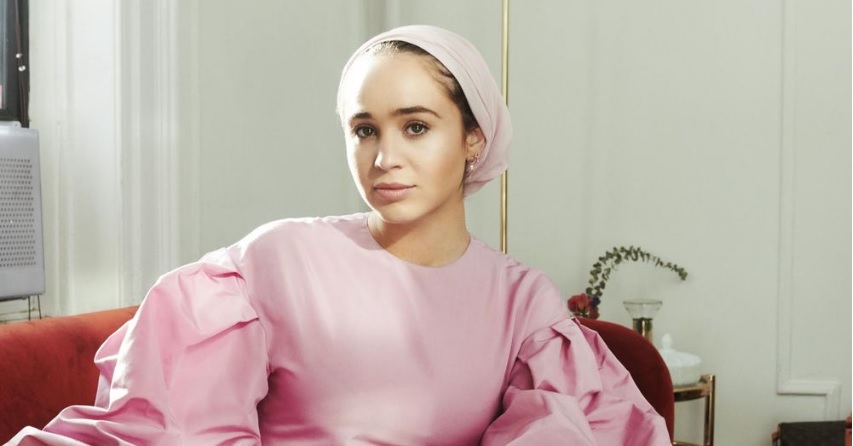From Bloomberg News

The retail market for women who prefer to dress conservatively could be worth more than $350 billion in two years.
The first time Maria Alia wore a hijab was her first day as a freshman at Baker High School in Mobile, Ala. Her father is Sunni Muslim, and all the women in her family wore a head covering, including her Puerto Rican mother. Alia loved clothes, but she never saw anyone who looked like her on style blogs or in magazines. In high fashion, “beautiful” has rarely been depicted as a hijab-wearing Muslim.
Once she started posting selfies to her Instagram account, however, other Muslim girls started reaching out to her, asking for tips. Alia, now 26, has more than 400,000 followers on Instagram, making her one of the platform’s popular “modest fashion” influencers. She’s been hired by Tiffany, Giorgio Armani, H&M, and other brands, often wearing a headscarf printed in a riot of colors or patterns. Sometimes she’ll wear a long Carolina Herrera dress; other days she’ll pair jeans with Nike M2K Tekno sneakers. She’s one of several online stars who, in the last two years, have turned “modest fashion” into the unlikeliest buzzword since “fanny pack.”
The style is as old as Adam and Eve, but it’s newly cool. “Everyone has their own interpretation of modesty,” Alia says. “But this idea that it’s just a very plain, no adornment, humble way of dressing—that was some other person’s definition.”
In an industry where putting a black model on the cover of a fashion magazine still counts as news, the huge followings of stylish Muslim women such as Alia have given brands the courage to think beyond primarily white, waiflike images and embrace a broader range of bodies and cultures. “Social media formulated a new ‘cool kid’ in society,” says Alia Khan, chairwoman of the Dubai-based Islamic Fashion and Design Council. “Now the modest woman has a community. She no longer has to feel like she is alone.”
One of the coolest of these new cool kids is Muslim model Halima Aden(780,000 Instagram followers). After she won notice for wearing a hijab and burkini in the Miss Minnesota USA beauty pageant two years ago, she’s appeared on 10 magazine covers, including British Vogue and Allure. “I have women messaging me on social media every day thanking me for essentially, in their eyes, making modest clothing cool,” says Aden, who was born in a Kenyan refugee camp. “I never knew a black, hijab-wearing Muslim woman could be in high fashion. It’s hard to visualize something you haven’t seen before.”






